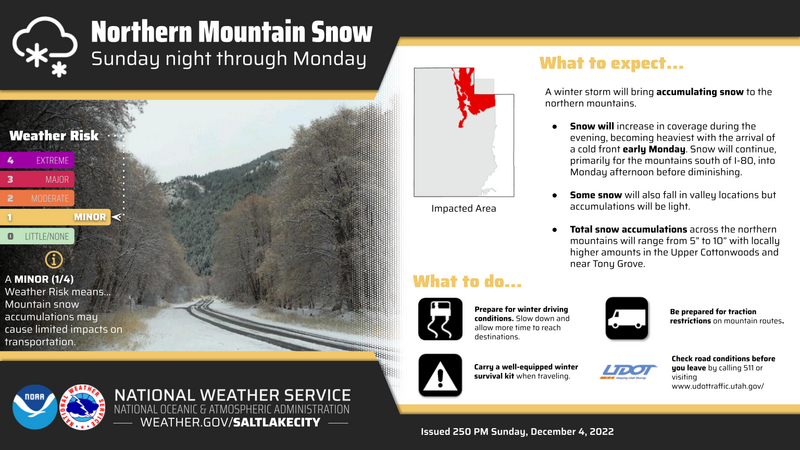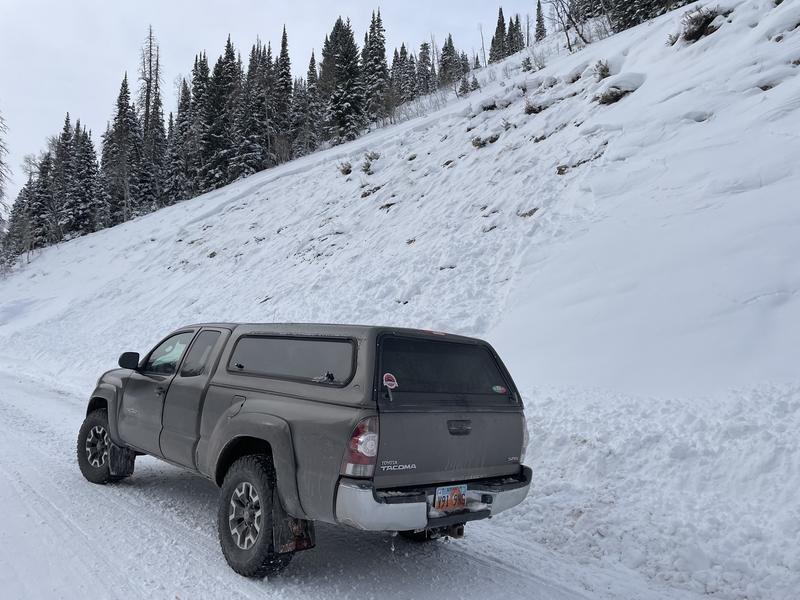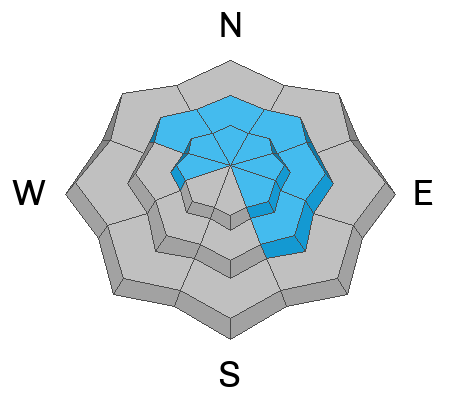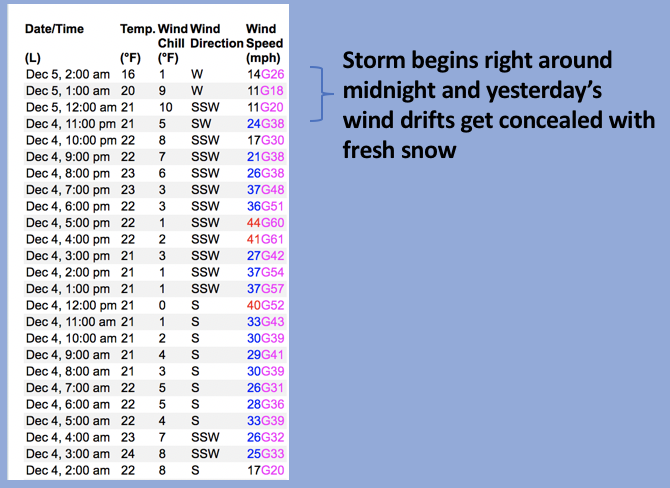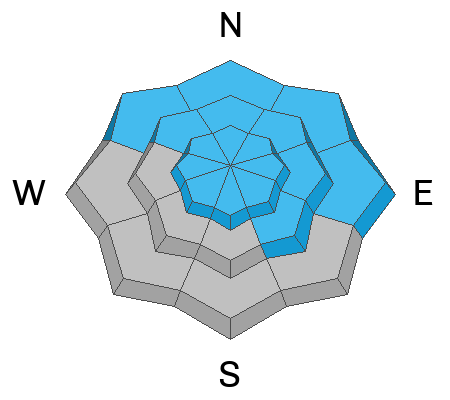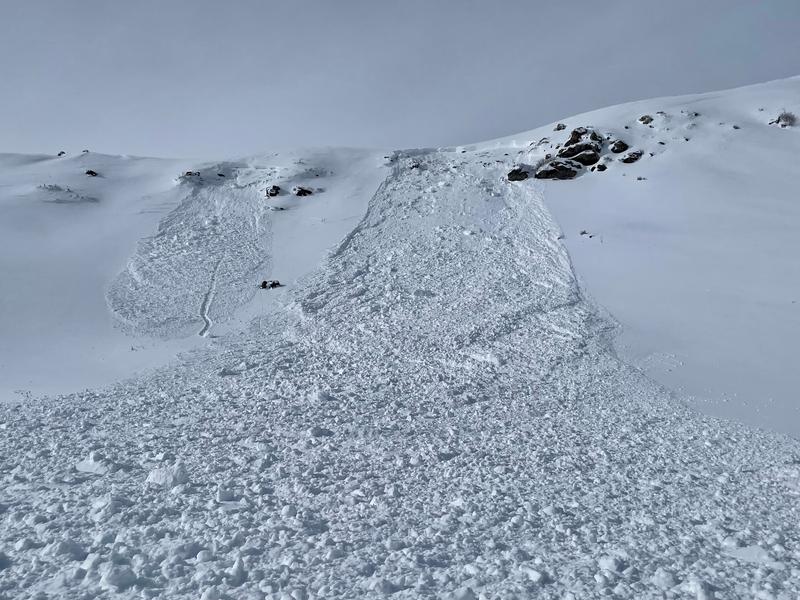Forecast for the Uintas Area Mountains

Issued by Craig Gordon on
Monday morning, December 5, 2022
Monday morning, December 5, 2022
The snowpack is at a tenuous balance and avalanche danger remains tricky-
Steep, mid and upper elevation slopes, especially those facing the north half of the compass in the wind zone above treeline, offer CONSIDERABLE avalanche danger. Human triggered avalanches breaking deeper and wider than you might expect are LIKELY, particularly where stiff wind drifted snow rests atop weak sugary snow. In addition, recent winds made their way into lower elevation shady terrain where you'll find a MODERATE avalanche danger and human triggered avalanches are POSSIBLE. Even low elevation terrain got into the mix and you could get surprised on a steep slope right near the trailhead. The Mill Hollow Slide path instantly comes to mind.
LOW avalanche danger is found on low and mid elevation south facing slopes and human triggered avalanches are UNLIKELY.
Here's your exit strategy- find a mellow, low angle south facing slope or big open meadow with no overhead hazard... (meaning, no steep slopes above or adjacent to where you're traveling) and practice your riding skills like carving deep trenches in fresh snow. Remember, don't get too throttle happy because it's still low tide and there's plenty of reef barely hidden underneath our recent storm snow. With a significant danger of hitting rocks, stumps, and other obstacles, you'll wanna tone it down today and don't let a buried treasure ruin your season.

Low
Moderate
Considerable
High
Extreme
Learn how to read the forecast here


